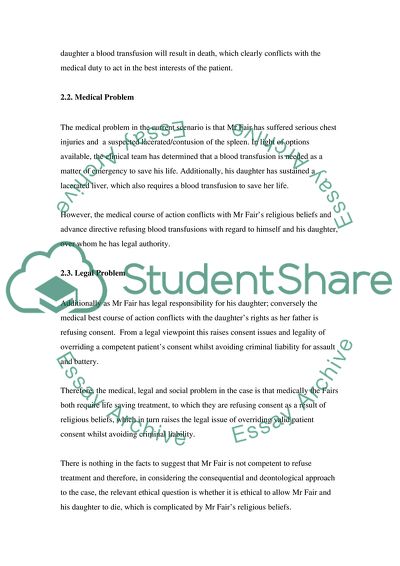Cite this document
(“The Fair Family Essay Example | Topics and Well Written Essays - 2750 words”, n.d.)
Retrieved from https://studentshare.org/family-consumer-science/1557743-case-study-application-paper
Retrieved from https://studentshare.org/family-consumer-science/1557743-case-study-application-paper
(The Fair Family Essay Example | Topics and Well Written Essays - 2750 Words)
https://studentshare.org/family-consumer-science/1557743-case-study-application-paper.
https://studentshare.org/family-consumer-science/1557743-case-study-application-paper.
“The Fair Family Essay Example | Topics and Well Written Essays - 2750 Words”, n.d. https://studentshare.org/family-consumer-science/1557743-case-study-application-paper.


